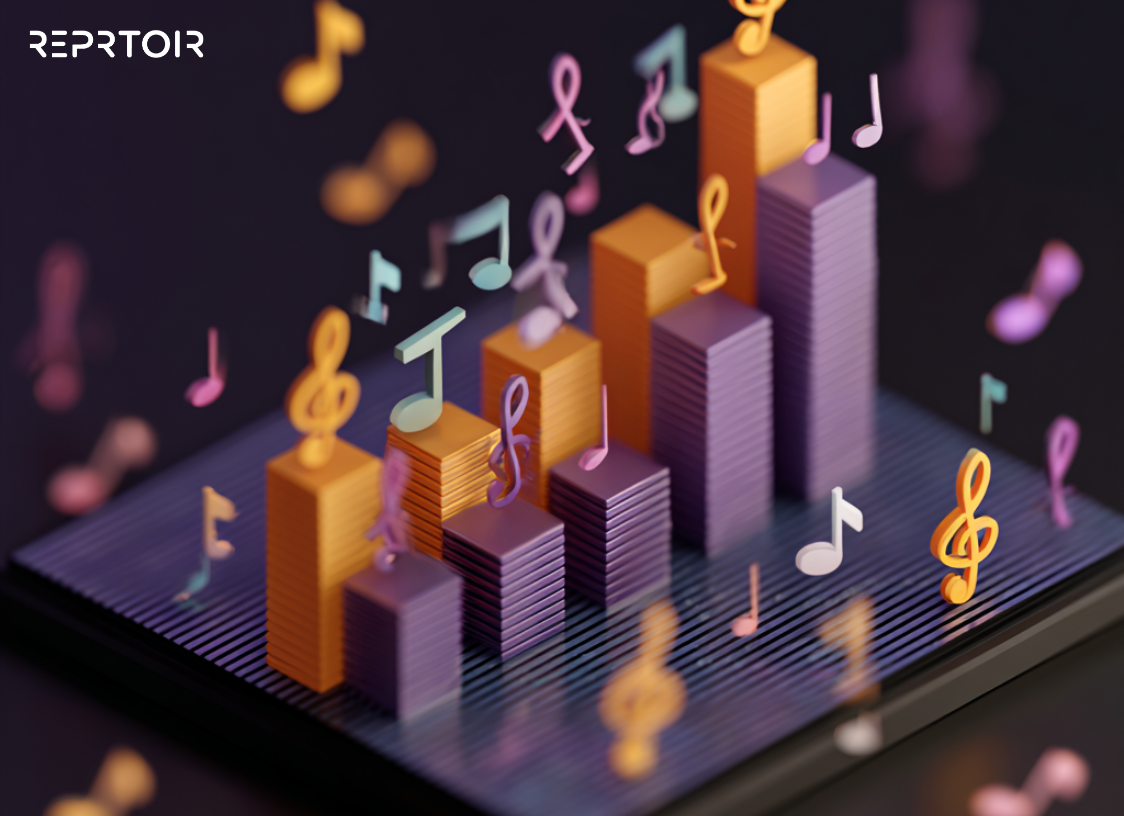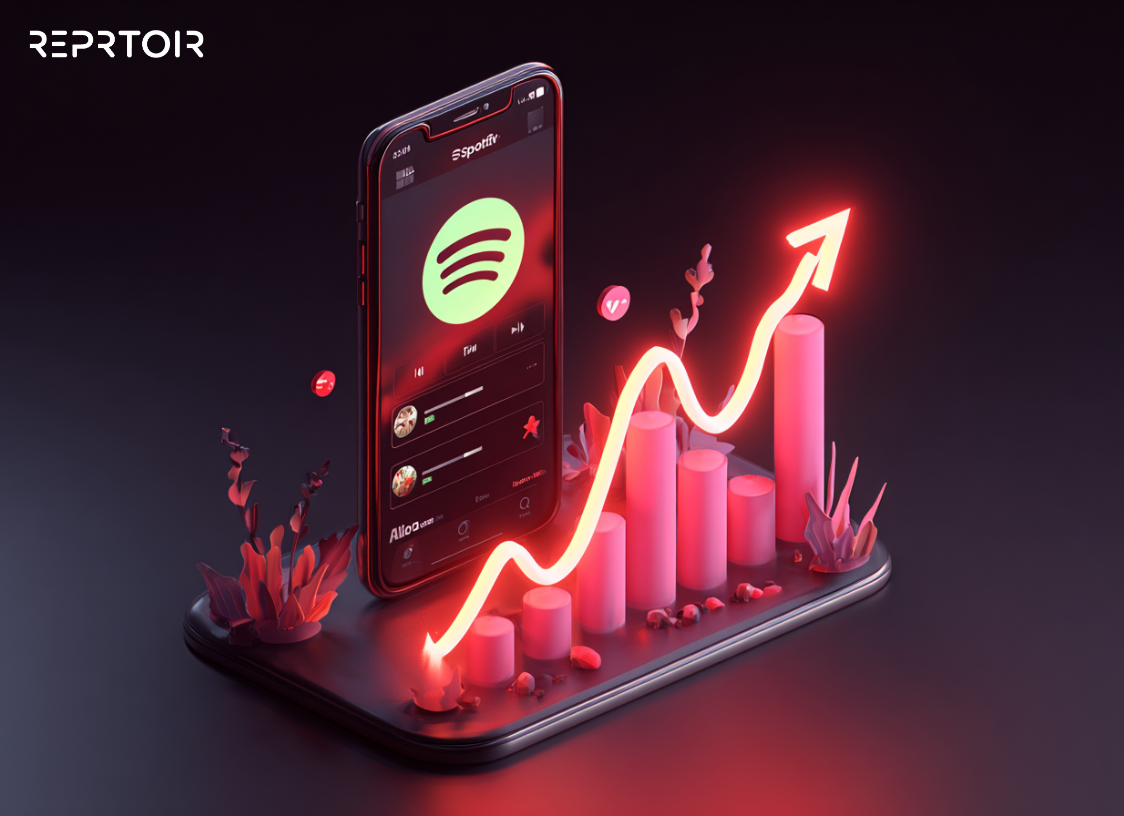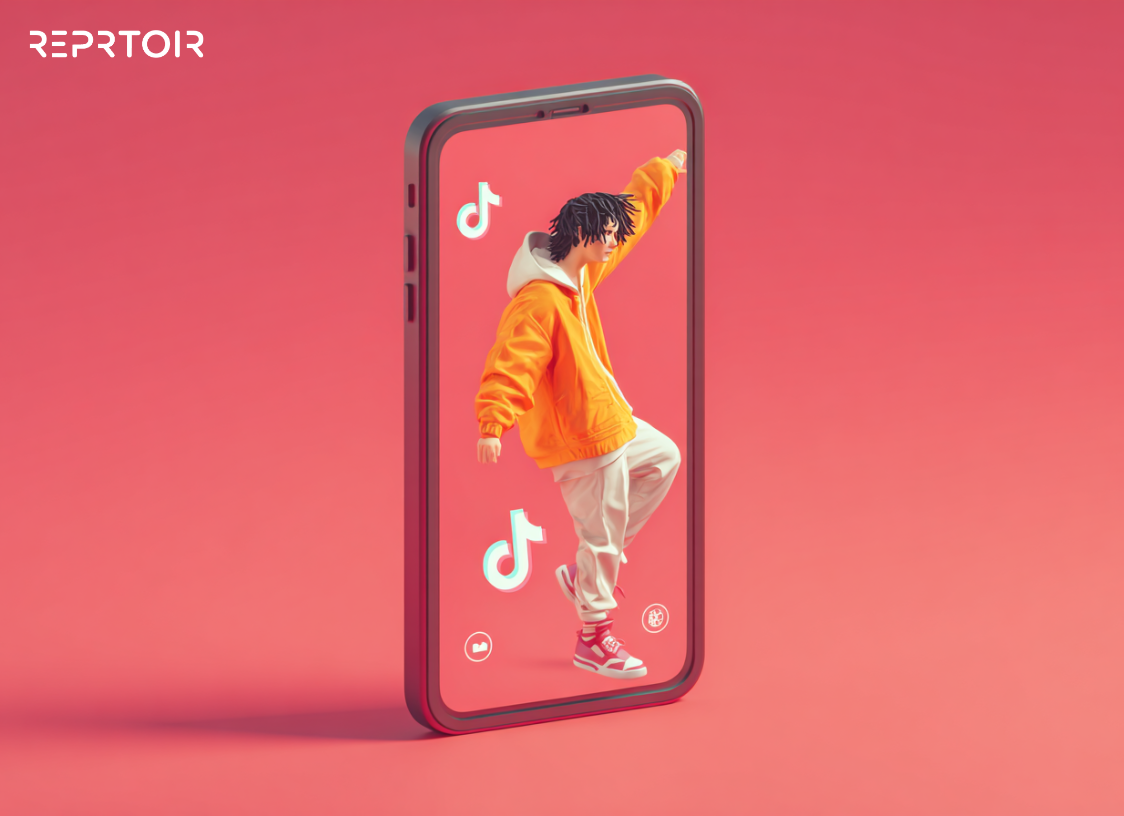With the use of streaming platforms—headphones, and portable speakers, the conversation around hearing health is so important. More people are listening to music at higher volumes and for longer periods, so hearing loss has become a growing concern globally.
Fortunately, music streaming platforms and hardware manufacturers are now prioritizing hearing protection features to help you preserve your hearing.
In this article, we’ll take a look at how music and tech companies, including platforms like Spotify, Apple Music, and hardware giants like Sony and Bose, are introducing tools designed to protect your hearing:
The Growing Importance of Hearing Health
According to the World Health Organization (WHO), over 1.5 billion people worldwide suffer from some degree of hearing loss, and the number is expected to grow, largely due to exposure to loud noise.
Music streaming and portable audio devices, which encourage long hours of listening—often at high volumes—are key to this growing issue.
With hearing loss largely preventable, music platforms and hardware manufacturers must take action to ensure products incorporate features that protect hearing.
Thankfully, they’re doing just that:
Features Built into Streaming Platforms to Protect Hearing
Spotify and Apple Music are leading the charge in integrating hearing health features into their platforms. These features provide a user-friendly way to limit exposure to harmful sound levels and help raise awareness of hearing health.
Here’s how:
1. High Volume Alerts
One of the most common features seen in streaming platforms today is high-volume alerts.
Spotify and Apple Music provide warnings when the volume is set to potentially harmful levels, typically above 85 decibels—a threshold recognized by health organizations as the point at which prolonged exposure causes hearing damage.
In addition, Spotify offers a volume limiter and alerts for users who might be exposed to long-term damage from high sound levels. If the volume stays at harmful levels for extended periods, users are notified to adjust the audio settings.
Apple Music, in tandem with iOS devices, can also set a maximum volume limit to prevent hearing damage. This feature can be especially useful for children or those who tend to listen at high levels without realizing the risks.
2. Volume Limiting Settings
To complement high-volume alerts, volume-limiting settings give you control over your maximum sound output. As such, this ensures they don't inadvertently set their headphones or speakers to dangerous levels.
Spotify’s volume limiter sets a cap on how loud their music can be. This is particularly helpful if you frequently listen through headphones, where high-volume listening can cause faster damage to the eardrum.
Apple Music, paired with iOS, has a “Headphone Safety” feature that automatically limits the volume output to a safe level when listening with wired or Bluetooth headphones.
3. Custom Equalizers for Tailored Sound Experiences
Although volume is a primary factor in hearing health, sound quality also plays a role in ear safety. Too much bass or treble at high volumes can strain the ear, but an imbalanced sound profile can cause discomfort over time.
Spotify and Apple Music offer customizable equalizers (EQs) that adjust the sound profile according to your preferences. These EQs help you tailor the audio experience by reducing harsh frequencies, such as overly loud bass or treble, which might strain the eardrum—especially at high volumes.
Apple Music goes a step further by allowing you to adjust EQ settings and activate “Hearing Health” within the iOS settings.
The Role of Hardware in Hearing Health
Though streaming platforms have implemented several helpful features, the hardware used to listen to music also plays a significant role in hearing protection.
Over-ear headphones, in-ear monitors, and even portable speakers can all influence how music is perceived—and whether it puts your hearing at risk.
Here are some examples:
1. Noise-Canceling Headphones
Many modern headphones—such as those from Bose, Sony, and Sennheiser—come with active noise cancellation (ANC) technology, which reduces the need to crank up the volume in noisy environments.
This protects hearing, as you're less likely to increase the volume to dangerous levels in an attempt to drown out background noise.
- Bose and Sony have built-in sound profiles that adjust the noise-canceling feature based on the environment, which further reduces the need for high-volume listening.
- The Sony WH-1000XM5 and similar models are designed to balance sound quality with the protection of hearing. Therefore, this provides a preset mode for different environments and ensures the volume stays at a safe level.
2. Volume-Limiting Headphones for ChildrenAnother key development in hardware is volume-limiting headphones, which have been designed specifically for children or users who might not be aware of the risks of high-volume listening. These headphones, available from brands like Puro Sound and LilGadgets, automatically limit sound levels to safe limits (typically around 85 decibels) to protect developing ears from permanent damage.3. Smart Headphones with Health Monitoring FeaturesSome advanced headphones are integrating health-focused features, such as HEAROS or Jabra’s sound monitoring systems, which alert users if they are listening at dangerously high levels for extended periods. These smart headphones analyze listening habits and offer real-time feedback on volume levels and exposure time. Final Thoughts As the debate around better audio quality continues, it’s becoming increasingly clear that health must be a central component of that conversation. Music lovers are demanding high-fidelity sound, but they must also consider the impact of prolonged exposure to high volumes on their hearing.Tools like high-volume alerts, volume limiters, customizable equalizers, and noise-canceling headphones are just the beginning. You can build your music business with Reprtior's tools for artist management. Contact us today!









